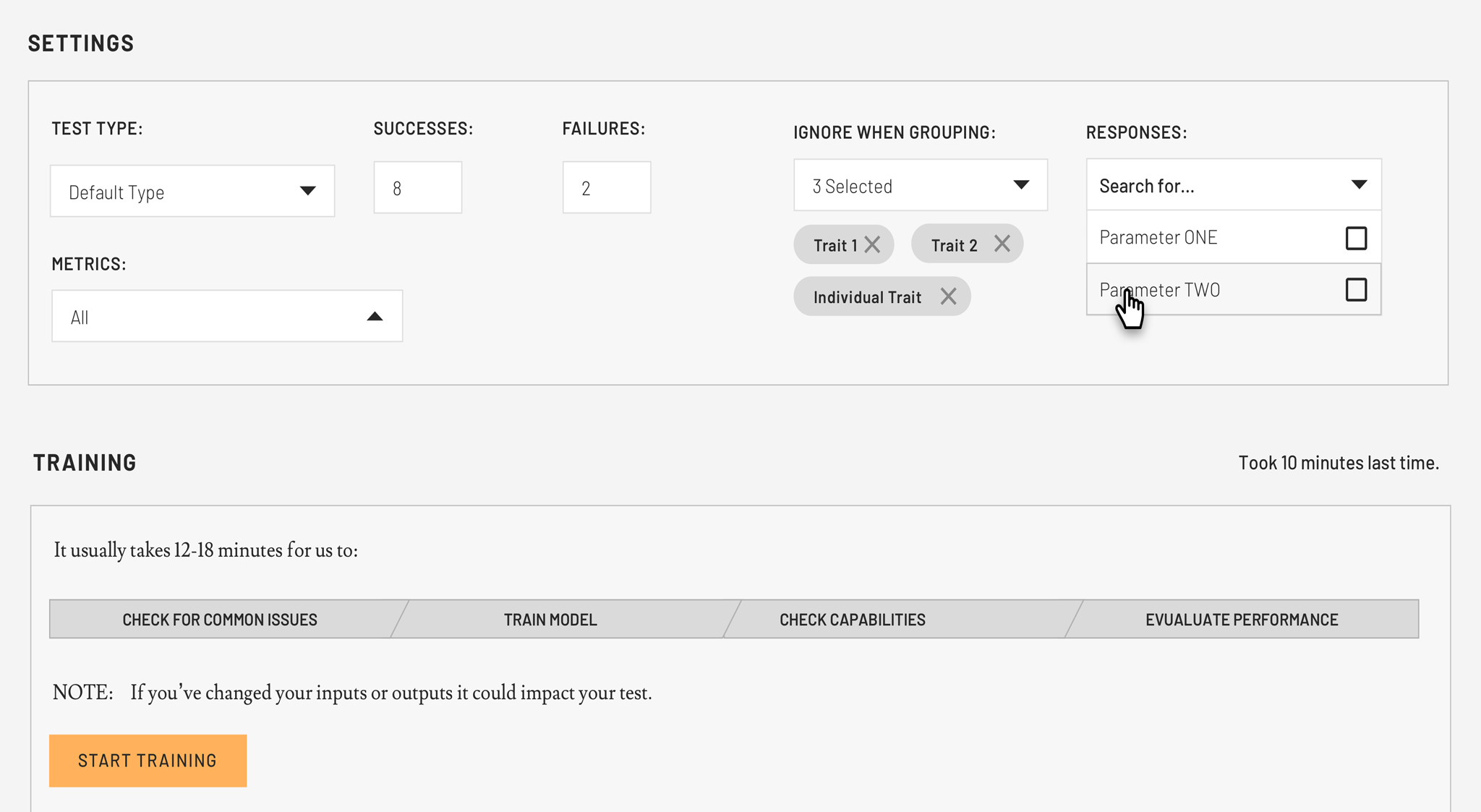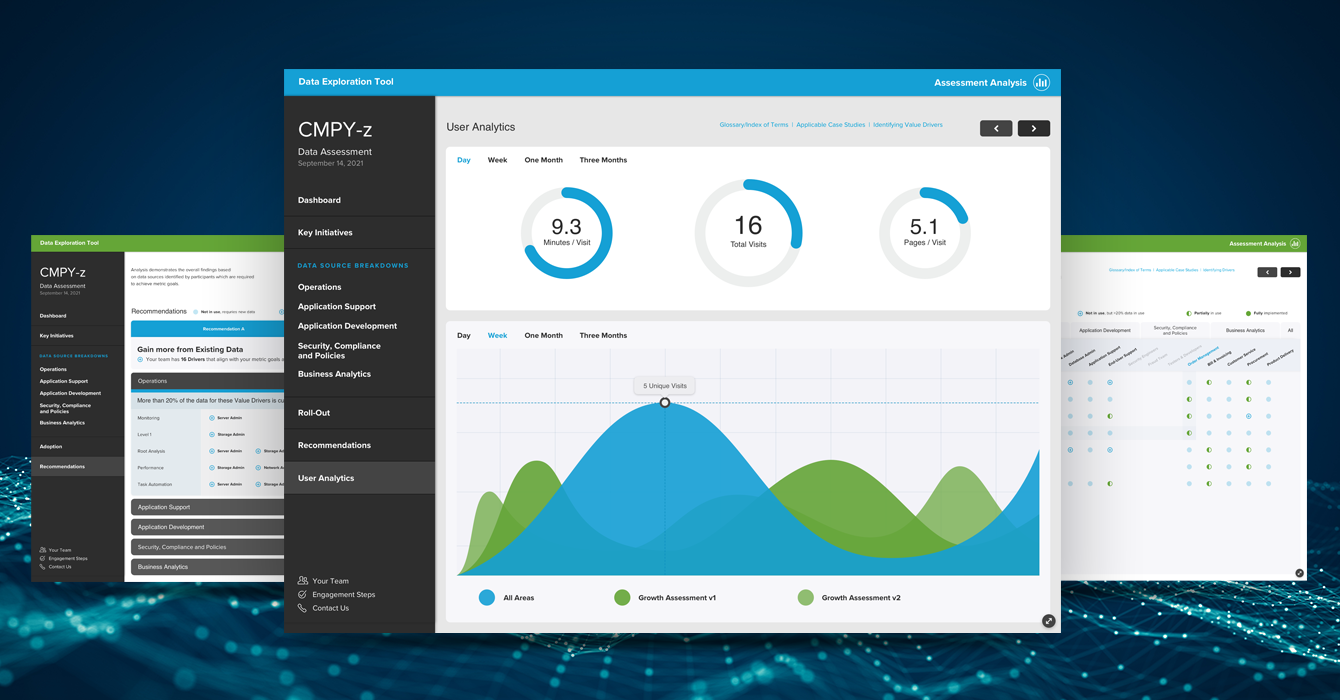
The Case Against Tiger Teams: When External Product Teams Work Better
- Product Management /
- Product Operations /
For digital product leaders, solving complex challenges often requires assembling a specialized team. Your first instinct may be to form an internal “tiger team” of top talent across functions. However, while intuitive, this approach has inherent drawbacks that can doom efforts. Tiger teams struggle to remain focused amid divided priorities, organizational politics, and homogenous perspectives.
In this article, we’ll explore the advantages and disadvantages of tiger teams versus external teams. By understanding when specialized outside help is prudent, you’ll be better equipped as a leader to take on critical product challenges. With the right approach, your company can tackle existential threats, technology pivots, and full-scale transformations successfully.
What are Tiger Teams?
A tiger team is a specialized, cross-functional group brought together to investigate and solve a specific critical problem or issue. The term originated in the military and was popularized by NASA during the 1970 Apollo 13 lunar mission. When the Service Module malfunctioned and exploded, NASA assembled a select team of engineers tasked with bringing the astronauts safely back to Earth.
Today, tiger teams are a popular structure used by organizations who need focused experts to tackle complex technical challenges. Teams are composed of employees from different functions like engineering, product, design, data science, etc. with the expertise to tackle the problem from various angles. Companies form tiger teams hoping to direct top talent at make-or-break issues that require undivided attention and different perspectives outside normal silos.
The Advantages of Tiger Teams
Tiger teams can offer some potential benefits that compel companies to utilize them:
- Leverage internal talent and institutional knowledge
Tiger teams pull from resources already within the organization instead of looking externally. This utilizes existing intellectual capital and experience with the product and systems. - Speed of assembly
Internal employees can be assembled into a team more quickly than external hiring. If addressing an extremely time-sensitive issue, a tiger team may be able to convene faster. - Lower costs
Drawing from internal personnel to form a team avoids the higher financial investment of external consultants and contractors. Especially for smaller organizations, this can be more budget-friendly. - Cross-functional collaboration
Tiger teams bring together expertise and perspectives from various functions. This cross-pollination can spur creativity and innovation. - Morale boost
Being selected for an elite tiger team can increase internal talent retention and morale. It signals trust in the employee’s abilities.
However, these potential advantages must be weighed carefully against the drawbacks. Speed and cost savings do not always outweigh the benefits of focused, unbiased external experts.

The Disadvantages of Tiger Teams
While tiger teams may seem like an effective way for organizations to rapidly solve critical product challenges, they come with several inherent drawbacks. By pulling together an internal cross-functional task force, companies hope to tap into the talent and expertise already within their four walls. However, in practice, these hastily assembled teams often fall short, impeded by dynamics that external hires avoid. Specifically, tiger teams struggle with lack of focus, mismatched work cadences, organizational politics, and homogenous experience levels.
- Lack of Focus and Divided Priorities
A major downside of tiger teams is that team members are pulled from their regular day-to-day responsibilities and projects. Even if these are not current priorities, there is still ramp up time getting oriented to the new objective. Individuals struggle to context switch and detach from previous work, leading to divided attention spans. For example, an engineer may still need to provide support for legacy code or technical decisions on their old teams. This makes it incredibly difficult to devote their complete focus to the tiger team’s mission. - Misaligned Processes and Work Cadences
Most product teams operate on a structured sprint cycle designed for agile development. The rhythm of planning, executing, and demonstrating over a 1-2 week recurring interval is optimized for incremental progress. Tiger teams aimed at major problem solving often require a very different cadence. There is an initial ramp up period for research and analysis before solution ideation can even begin. Once ideas are in motion, rapid prototyping and tight feedback loops are needed. Organizations struggle to provide this mismatched structure and process. For example, approval cycles and leadership check-ins end up impeding the tiger team’s velocity. - Susceptible to Organizational Chaos and Politics
Tiger teams formed to address high priority issues inevitably confront existing organizational dysfunction. There is often pressure from company leadership to divert attention to other emerging crises. Team members may be pulled back into previous responsibilities by old managers. Without clear top-down support for the team’s charter and autonomy, progress is impeded. Tiger teams composed of internal employees also lack the objectivity of external hires. Unspoken allegiances, political tensions, and confirmation bias can influence solutions. - Lack of Diversity in Experience Levels
The typical tiger team assembled is heavy on senior individual contributors. While this provides valuable perspective, it often leads to situations where strong-willed opinions clash. For example, veteran engineers may debate technical approaches based on past experience versus current needs. There is rarely a mix of junior members who bring specialized expertise and can execute on vision. A team composed entirely of senior leaders used to autonomy often lacks the collaborative harmony needed for problem solving.
The Benefits of External Product Teams
While tiger teams composed of internal employees may seem like an intuitive solution, external consultants offer clear advantages that are difficult to replicate internally. Specifically, an outside product team provides complete focus, objectivity, minimized disruption, and continuity needed to drive results. An external product team has the following benefits:
- 100% Focused on the Product Challenge
External consultants are dedicated fully to solving the singular product challenge. They are not balancing multiple competing priorities or getting pulled into other organizational issues. Their time is intentionally allocated by their firms with no distractions. For example, a data scientist can devote full energy to analyzing product metrics instead of splitting time with ongoing modeling projects. - Fresh, Outside Perspective
External team members offer an objective point of view, unencumbered by internal assumptions that have built up over time. They ask fundamental questions and see solutions through a different lens. For instance, an external designer may identify UX issues that internal designers have become accustomed to over years of iteration. - Avoids Distracting Existing Employees
With an external team deployed, existing employees can continue dedicating time to their ongoing responsibilities without distraction or prioritization conflicts. Internal staff avoid being pulled off of critical projects and day-to-day work. This prevents major disruptions across the organization. - Sees Initiatives Through Completion
External teams remain involved through implementation, unlike tiger teams that tend to dissolve halfway through a project. Consultants actively transfer knowledge so that solutions can be sustained long-term by internal staff after the engagement. They provide continuity through to productionisation and measurement of success metrics.
Examples of companies successfully using external product teams
To understand the power of external product teams in action, let’s examine real-world examples of companies that selected specialized outside talent over internal tiger teams. In both cases, external perspective and competencies drove exceptional outcomes not easily achievable with an insular task force.
Unlocking the Potential of AI with Intuitive Design
A leading AI platform company needed to maximize their sophisticated models through an intuitive interface. Rather than an internal tiger team, they selected EMERGE’s external experts.
EMERGE established a human-centered design process focused on usability for end users. This approach unlocked the platform’s robust AI capabilities by minimizing friction.
The result was an intuitive design system that reduced complexity and enabled rapid adoption. External perspective delivered outcomes unmatched by an internal task force.

Turning Data into Customer-Focused Outcomes
A top machine learning company wanted to optimize product usage and customer experience through data insights. They chose EMERGE’s external experts to help build a business intelligence platform to extract and act on customer data. EMERGE integrated with the client team, bringing together subject matter experts to devise a plan to make data actionable.
The result was real-time insights that enabled continuous value delivery and growth opportunities. EMERGE unlocked millions in revenue and refined the business approach in ways an internal team likely could not.
This example demonstrates how an external product team can drive results through customer-focused strategic vision. With the right expertise and approach, vast datasets can be transformed into experiences, capabilities and revenue growth unmatched by isolated internal teams.

Is a Tiger Team Right for Your Digital Product’s Challenge?
For product leaders facing complex challenges that demand out-of-the-box thinking, specialized expertise, and intense focus, external product teams offer clear advantages. They allow organizations to tap into seasoned professionals across industries equipped for the unique demands of problem discovery, solution design, and implementation.
By understanding the inherent weaknesses of internal tiger teams – from lack of focus to misaligned processes – companies can determine when an outside-in approach is prudent. Certain problems require not just silo-busting collaboration but also total autonomy from company dynamics.
Of course, external help is not free. There are costs involved that may make it prohibitive for smaller challenges. Leaders need to consider project scope, budget, and internal bandwidth when deciding between tiger teams and consultants.
For full-scale product transformations, existential threats, or technology pivots, an external task force of specialized experts is well warranted. But for incremental improvements, leveraging internal diligence first can be more economical.
Product excellence requires being nimble, open-minded, and focused. External product teams deliver against these imperatives to drive sustainable results. When the problem calls for it, they can be an invaluable catalyst for success.
Selecting a UX Agency for Complex Product Challenges
Consider partnering with an experienced UX agency. A strategic UX agency offers complete focus on the user experience challenge along with an outside point of view. This allows them to re-think ingrained assumptions and drive innovation.
When tackling complex experience problems, an external UX agency provides:
- 100% focus on UX – Consultants are dedicated solely to solving the UX challenge without other distractions.
- Fresh perspective – An outside UX agency brings new insights unhindered by internal biases.
- UX specialization – Agencies have seasoned UX experts across research, design, and testing.
- User-focused vision – UX agencies take a human-centered approach focused on customer needs.
- Implementation continuity – Consultants remain involved through rollout to ensure solutions last.
For digital leaders, leveraging a strategic UX agency is prudent when addressing experience transformations, disruptive technology changes, or major design overhauls. The outside expertise can catalyze success in ways an internal team cannot. With the right UX partner, such as EMERGE, you gain the specialization and perspective to tackle complex product challenges head on.